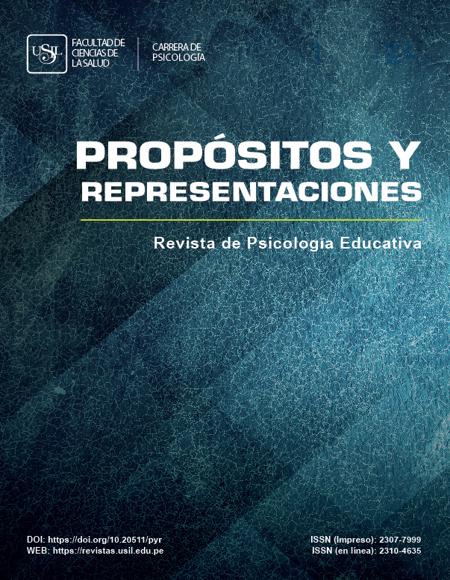Social Networks as Zones of Digital Personality Construction: Current Problems and Prospects
Social Networks as Zones of Digital Personality Construction: Current Problems and Prospects
##plugins.themes.bootstrap3.article.main##
At present, the Internet and its mediated communication are an integral part of everyday life and social networks are becoming the main platform for self-presentation these days. The main tool for such self-expression in social networks is the selfie. The rapid rise in the popularity of selfies suggests that the very practices of self-representation are undergoing a major historical transformation. Research purpose is to study the features of selfies construction. Research methods: as a research method, a questionnaire survey was used as a method that allows quickly and effectively to investigate the features of using selfies as a way of constructing a digital personality. Research results: the article considers the forms of body control in social networks in the practice of constructing selfies. Research novelty and originality lies in the fact that for the first time the practice of selfies as a way of constructing a digital personality is considered. It is shown that self-identification is based on how the body is evaluated, and not on what it is actually. It is revealed that the body has become a carrier of meaning and a platform for communication with feedback, and the Internet, which has become the main repository of global data sets, has assumed the role of this communication control over the body. It is determined that in understanding the essence of the selfie phenomenon, there are two points of view: the selfie, as a continuation of the tradition of self-portrait and the selfie, as a special unique phenomenon associated to a greater extent with network media content. It is revealed that the main motive of self-presentation is the desire to be socially approved, to get the highest rating and the most flattering or loud comment. It is revealed that the hashtag is one of the structural elements of the selfie, through which the process of constructing the image is carried out. It is shown that an important motive for constructing a selfie is the user's need for a certain visual statement, self-expression. It is determined that in the production of selfies, the user is often guided by fashion trends and ready-made templates, which means that by regulating the real body in space, a successful representation of the digital body in the network is formed. The practical significance of the data obtained in this work lies in their use in social psychology, age psychology, marketing, as well as for further theoretical development of this issue.














